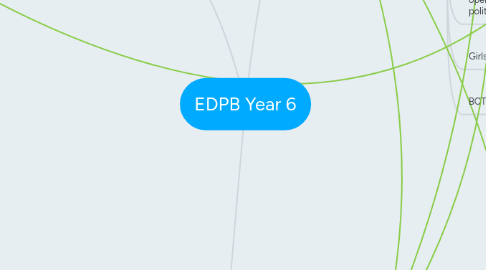
1. Social Justice
1.1. Low income students
1.2. Aboriginal Education/students
1.2.1. Minority students
1.2.2. First People's Principles of Teaching and Learning
1.3. nature-deficit disorder - GET KIDS OUTSIDE!
1.3.1. Nature can help aid students with ADD/ ADHD
1.3.2. visuals of nature in the classroom can help reduce stress in students and calm them
1.3.3. Schoolyard Habitat
1.3.4. connections to the land are important
1.3.4.1. one story one song
1.3.4.2. Last Child In the Woods
1.4. body image/gender identification/ sexuality - can all impact a students' experience at school
1.5. Social Justice Teacher: To act in the interests of the children we teach, so they may live in a world that has enhanced equity, security, and sustainability
1.6. teaching students how to be agents of change, open minded, inclusive, aware of social and political problems
1.7. Girls vs. Boys
1.7.1. Equality for both
1.7.2. gender and sexuality
1.7.2.1. LGBTQ community
1.8. BCTF website
1.8.1. Social Justice Resources
2. Governance
2.1. Budget/never enough of it
2.2. school closures
2.2.1. escalating operating costs
2.2.2. dwindling enrolment rates
2.2.3. uninhabitable school buildings
2.3. new curriculum - more autonomy for teachers - helped created by teachers.
2.3.1. more student choice
2.3.1.1. High Tech High
2.3.2. emphasis on technology
2.4. BCTF
2.4.1. Helpful? Not Helpful?
2.4.2. lots of resources
2.4.3. criticism of public education may be causing parents to send students to private schools
2.5. Part of a union
2.5.1. advocates on teachers' behalf
2.5.2. Teacher strikes
2.6. Very political
2.6.1. choices made for schools don't always have students' best interests in mind
2.6.1.1. cutting of breakfast programs due to budget cuts
2.6.2. different governments deem education essential and non essential...a lot of flip flop
3. Special Education
3.1. The Inclusive Classroom
3.2. Everyone is entitled to an appropriate education
3.3. Many symptoms of FASD/ASD are not physical - hard to determine at first glance who might be affected
3.3.1. many children with FASD not properly diagnosed This could lead to an inaccurate learning disability diagnosis
3.3.2. Have a routine and make sure FASD and ASD students know when the routine might change
3.4. building connections with students and parents is VITAL!
3.5. Build connectedness in schools
3.5.1. nurture students' interests
3.5.2. find similarities between yourself and your students
3.5.3. students are more creative and productive when calm
3.5.4. some students might resist forming a relationship with the teacher
3.5.4.1. to help this allow for more student choice in the topics being taught and how the student shows his or her knowledge
3.6. visuals are important for FASD students and ASD students - essential for some, beneficial for all
3.7. allow for student adaptations. For example let dyslexic students use e-books instead of reading
3.8. many IEP students take much longer to complete certain tasks than non IEP students
3.8.1. the activity might be a "walk in the park" for a "normal" student but like "running a marathon" for a student with an IEP
